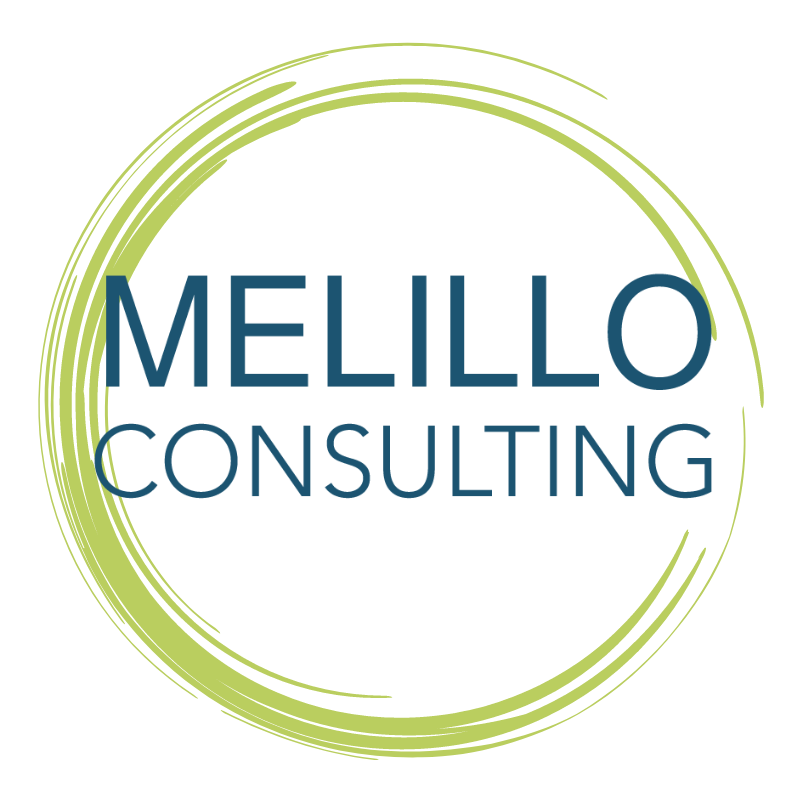- Phil Bianco, Chief Technology Officer,
- linkedin.com/in/philbianco/
- September 27, 2022

Gartner recently published its “Gartner Top Strategic Technology Trends for 2022” where it lists a dozen technologies along with thoughts for how they will impact today’s enterprises this year. As usual, it is a thoughtful piece that focuses on some of the current and upcoming buzzwords we will all be talking about this year.
Of particular interest to many of us, I believe, are three trends that promise the greatest enterprise impact. Let’s take a deep dive into these trends and how they might impact your organization.
- 1. Data Fabric
Gartner notes that data fabric applies analytics to determine where data should be used and changed, which can reduce data management efforts by a whopping 70%. Data fabric, as an integrated data architecture that’s adaptive, flexible, and secure, has the potential to reduce tedious IT management through automation, speed up dev/test and deployment, and protect assets. Storage costs, performance, and efficiency can be monitored centrally, regardless of where your data and applications live.
Implemented correctly, data fabric helps IT organizations take advantage of the power of hybrid cloud, create hybrid multi-cloud experiences, and modernize storage through data management. Data visibility and insights, data access and control, data protection, and security are among the advantages. So, what do you need to know?
First, data fabric architecture must be designed properly up front. It’s not a single product; it combines an integrated collection of data management and integration capabilities, including shared data assets, deployed to support a distributed data architecture. Data can then be moved closer to the workload and data gravity can be reduced or even eliminated.
Second, the key to a successful implementation is understanding application data requirements. A data fabric architecture helps maximize the value of information that’s currently spread across data silos. Its very nature also supports business continuity planning. Remember, continuity planning is important in the aftermath, not only of a disaster such as a fire or hurricane, but also in the wake of a cybercrime. A correctly implemented data fabric can help to prevent such a breach in the first place, improving security applications by tying together data and applications from across physical and IT systems. To implement data fabric, you’ll need a cybersecurity mesh, which together packs a powerful security punch.
- 2. Cybersecurity Mesh
Cybersecurity Mesh is about independently securing each device with its own perimeter — such as firewalls and network protection tools. Today, organizations support a variety of technologies in different places, so a flexible security solution is necessary, particularly as remote work becomes the new norm. Enterprises have evolved into a geographically distributed environment of assets, employees, partners, and customers.
Businesses can use this cybersecurity mesh to be certain that all their data, systems and equipment are protected. Cybersecurity mesh extends to cover identities outside the traditional security perimeter and to create a holistic view of the organization. Gartner predicted last year that the architecture will help lower the financial impact of security incidents by an average of 90% within the next few years.
Because the goal is to ensure that the security of each access point can be managed from a centralized point of authority, hybrid clouds rely heavily on cybersecurity mesh. The key is managing the control points tied to the application and data sources and implementation with a well-designed and scalable identity access management (IAM) system.
- 3. Cloud Native
Everybody wants to move their data and applications to the cloud. Remember, just moving on-prem infrastructure as-is into infrastructure-as-a-service (IaaS) is not an effective or efficient use of resources. It sounds tempting, but it is rarely feasible. Yes, there is quite a bit of cost efficiency to be had by saving the costs of licensing the data center equipment, maintenance, management, and staffing. However, a “lift and shift” strategy often has hidden costs — and headaches.
Designing applications and data structures to live in a cloud native environment is key to building a scalable and cost-effective solution. It requires understanding what applications are cloud-ready or cloud aware. Cloud-native platforms take advantage of cloud computing’s core attributes to provide scalable and elastic IT-related capabilities “as a service.” They can be integrated into a cybersecurity mesh and data fabric as well, resulting in faster time to value and lower costs. It’s no surprise then, that Gartner predicts that cloud-native platforms will serve as the foundation for more than 95% of new digital initiatives by 2025 — up from less than 40% in 2021.
It all sounds great, but….
Gartner’s tech trends are interesting and exciting strategies for you to employ to become more competitive in 2022. It’s easy to feel inspired by these types of lists — but these technologies require certain types of foundations. While they may motivate you to create innovative solutions, you must first be certain the necessary tech is in place on which to build. And the best way to do that is to conduct an audit.
Tune into my next article, where I’ll walk through the steps of how to conduct a technology audit — or what to expect from a solution provider who will do one for you.

